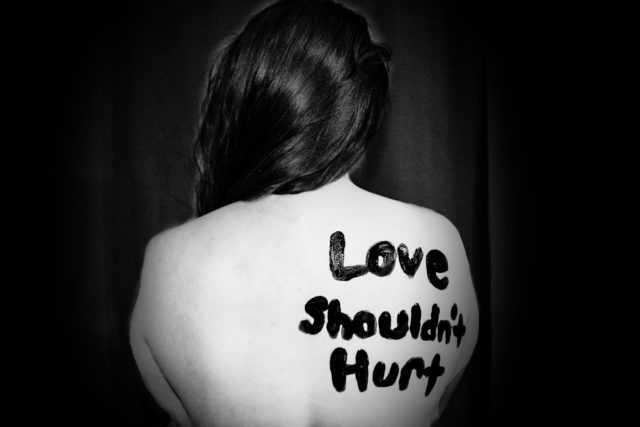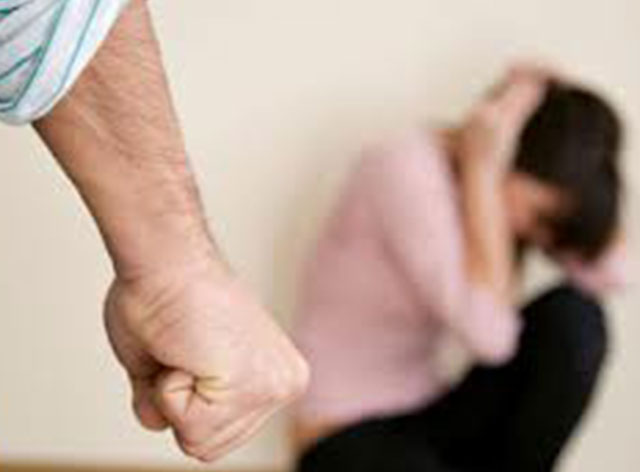What is Domestic Violence?
 Domestic violence is defined as any form of physical, emotional or sexual abuse inflicted by one family member or partner on another. It can occur in relationships of all types, including those between married couples, cohabiting partners, siblings, parents and children, and homosexual couples. Domestic violence can take many different forms, ranging from subtle forms of control to outright physical violence. In all cases, however, the goal is the same: to gain power and control over the victim.
Domestic violence is defined as any form of physical, emotional or sexual abuse inflicted by one family member or partner on another. It can occur in relationships of all types, including those between married couples, cohabiting partners, siblings, parents and children, and homosexual couples. Domestic violence can take many different forms, ranging from subtle forms of control to outright physical violence. In all cases, however, the goal is the same: to gain power and control over the victim.
How Prevalent is Domestic Violence in NSW?
Domestic violence is a significant problem in Australia, with one in six women and one in 16 men having experienced physical violence from a current or former partner. It is widely accepted that domestic violence offence rates have been increasing in recent years, and domestic violence is now recognised as a major driver of homelessness, mental health problems and substance abuse.
In New South Wales, domestic violence reports are increasing exponentially. This rise is due in part to greater awareness of domestic violence and more victims feeling comfortable coming forward to report it. However, it is also likely that domestic violence is actually on the rise. The increased stress of modern life can lead to greater conflict within relationships, which can in turn lead to domestic violence. This was particularly highlighted during the covid era when people have been confined to their homes much more than ever before.
Startling Statistics About Domestic Violence in NSW
In New South Wales, there is no doubt that domestic violence is a serious issue. People die as a result of domestic violence. In addition, it is thought that one in three women will experience domestic violence at some point in their lives. These statistics are startling, and they underscore the need for more education and awareness about domestic violence. Only by understanding the problem can we hope to address it effectively. Domestic violence affects women (and men) of all ages, backgrounds, and walks of life. It is a complex issue, and there is no easy solution.
How to Identify Domestic Related Violence
Domestic violence is most often a pattern of behaviour where one person in a relationship tries to control or dominate the other person. Domestic violence can be physical, sexual, emotional or financial abuse, and it can happen in heterosexual or same-sex relationships.
NSW does have a domestic violence disclosure scheme, which allows people who are at risk of domestic violence to access information about an offender’s history of domestic violence offences.
Offenders of Domestic Violence – What You Need to Know
 In New South Wales, domestic violence offenders are subject to a range of interventions designed to address their behaviours and reduce the risk of reoffending. These interventions can include mandatory counselling and education programs, as well as court-ordered treatment programs.
In New South Wales, domestic violence offenders are subject to a range of interventions designed to address their behaviours and reduce the risk of reoffending. These interventions can include mandatory counselling and education programs, as well as court-ordered treatment programs.
While domestic violence offenders face significant consequences under the law, it has been established that they can also be capable of change. With the right support and assistance, domestic violence offenders can learn to change their behaviours and lead safe and healthy lives.
Top 9 Myths About Domestic Violence
There are many myths and misconceptions about domestic violence. Here are some of the most common myths, along with the facts.
Myth 1: Domestic violence only happens to women.
Fact: Although women are definitely the bigger group, domestic violence can happen to anyone, regardless of gender, age, race, or sexual orientation.
 Myth 2: Domestic violence is limited to physical abuse or violence.
Myth 2: Domestic violence is limited to physical abuse or violence.
Fact: Domestic violence can be physical, emotional, financial, or psychological. It can involve any type of behavior that is used to control or hurt or manipulate another person.
Myth 3: Alcohol and drugs play no part in domestic violence.
Fact: Alcohol and drugs are often a factor in domestic violence. According to some sources, nearly 60% of domestic violence incidents involve alcohol consumption by the perpetrator or by the victim or both. Drugs may also be a factor, as they can impair judgment and increase aggression.
Myth 4: Only poor or uneducated people experience domestic violence.
Fact: Domestic violence can happen to anyone, regardless of social status or education level. Domestic violence occurs in all types of relationships and families.
Myth 5: Domestic violence is caused by stress or anger management issues.
Fact: Domestic violence is very often not caused by stress or anger management issues. Domestic violence is a choice made by the perpetrator to control and abuse their partner or family member. Anger management issues may be a symptom of domestic violence, but are generally not the cause.
Myth 6: Victims of domestic violence usually, or sometimes, deserve it, because they provoked the perpetrator in some way.
Fact: No one deserves to be subjected to domestic violence, no matter what they have done or said. Domestic violence cannot be the victim’s fault.
Myth 7: Children who witness domestic violence will not suffer any effects
Fact: Children who witness or overhear domestic violence are affected by it even if they don’t seem to be paying attention. They may have trouble sleeping , suffer from nightmares , become withdrawn , aggressive or disruptive at school. Boys who witness domestic violence are more likely to commit acts of domestic violence themselves when they become adults.
Myth 8 : Leaving an abusive relationship is easy – aka why doesn’t she just leave?
Fact: Victims of domestic violence often face the most danger when they try to leave an abusive relationship . The abuser may feel threatened by the victim’s independence and try to regain control through threats , intimidation , stalking , financial abuse or even murder . Victims planning to leave an abusive relationship, would be best advised to seek help from a support group or shelter first in order to do so safely.
Myth 9 : Batterers can’t stop being abusive – i.e. they can’t help it; they can’t control their behaviour.
Fact : Abusers are not powerless to stop their abusive behavior . With professional help , many abusers are able to change their behavior and live non-violent lives .
If you have been served with an AVO or charged with a domestic violence offence, call Criminal Lawyers Sydney and Suburbs for representation in Court – (02) 9533 2269

